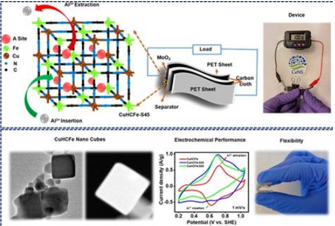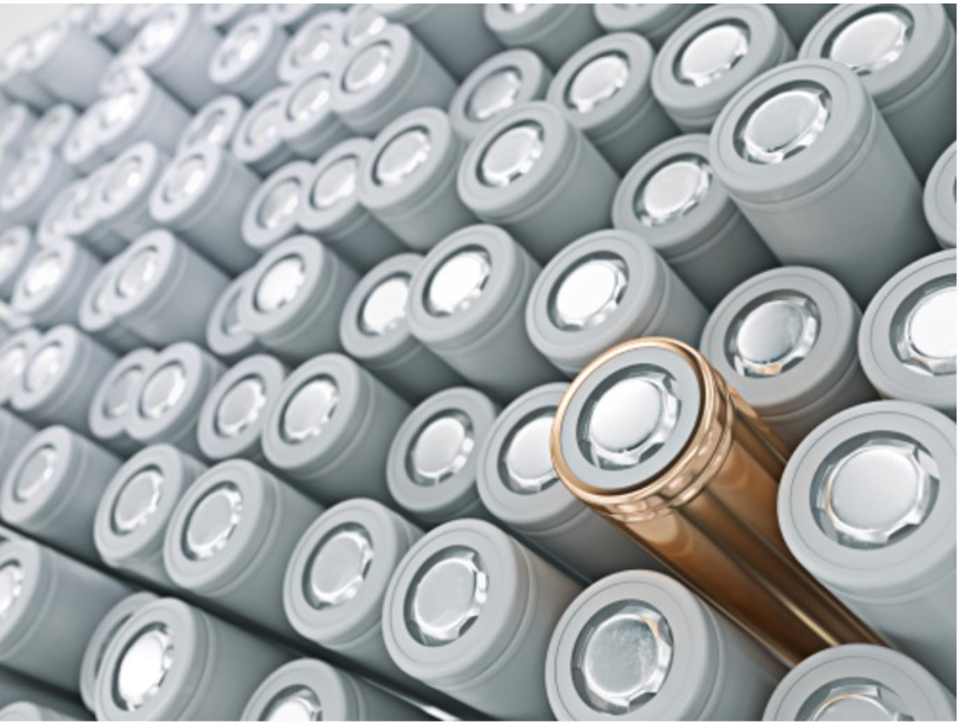Syllabus:
GS-3: Science and Technology- developments and their applications and effects in everyday life; Achievements of Indians in science & technology; indigenization of technology and developing new technology.
Context: Recently, Indian scientists have developed an aluminium based battery that is flexible enough to fold like paper and safe to touch, offering a viable alternative to traditional lithium-ion technology.
About the Battery Technology
• The new battery uses aluminium and a water-based electrolyte, making it safer, more affordable, and environment friendly.
• It consists of a cathode of copper hexacyanoferrate (CuHCFe) pre-filled with aluminium ions, paired with a molybdenum trioxide (MoO₃) anode, to producing a powerful, flexible battery that can bend without breaking.

• The scientists used advanced microscopic tools, including electron microscopes and spectroscopic techniques, to ensure the battery’s components were perfectly balanced for high performance.
• This technology has been developed by the Centre for Nano and Soft Matter Sciences (CeNS) in collaboration with the Centre for Nano Science and Engineering (CeNSE) at the Indian Institute of Science (IISc).
Features of the Battery
• Energy Efficient: This battery stores energy efficiently, retaining 96.77% capacity after 150 cycles, ensuring longer life even under daily use.
• Flexibility: It can stay functional even when bent or folded completely in half.
• Sustainability: The battery is made from abundant raw materials, has lower toxicity and safer operations making it more environmentally friendly than traditional lithium-ion batteries.
• Risk Reduction: This battery addresses the risks of overheating and explosion associated with lithium-ion cells.
• Application: Wearable electronics, rollable smartphones, and safer energy storage for electric vehicles and other devices

